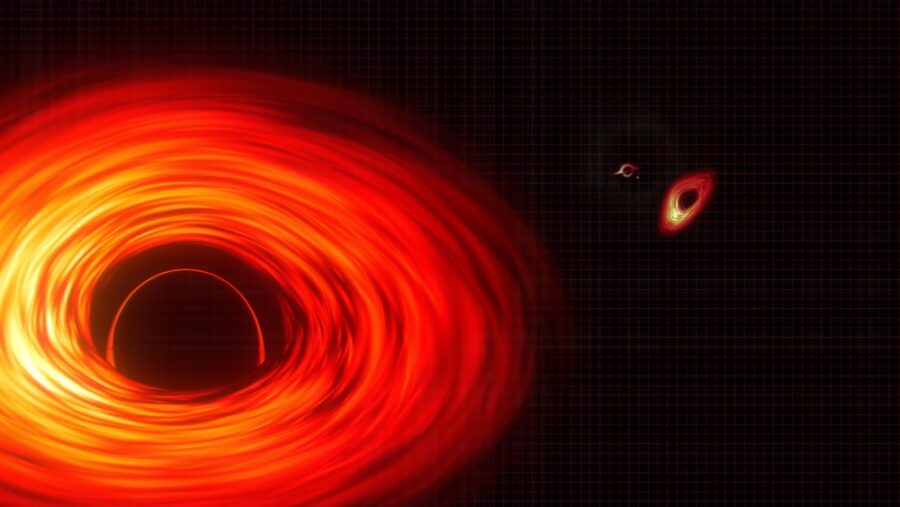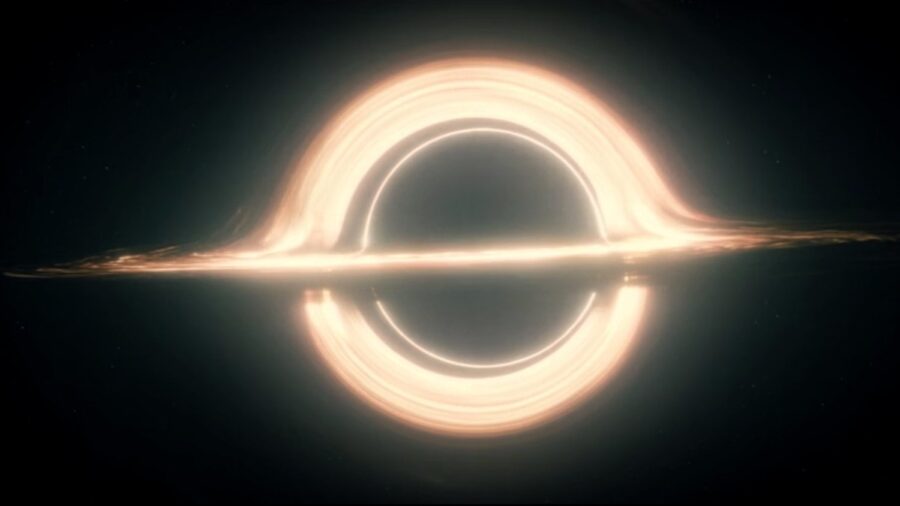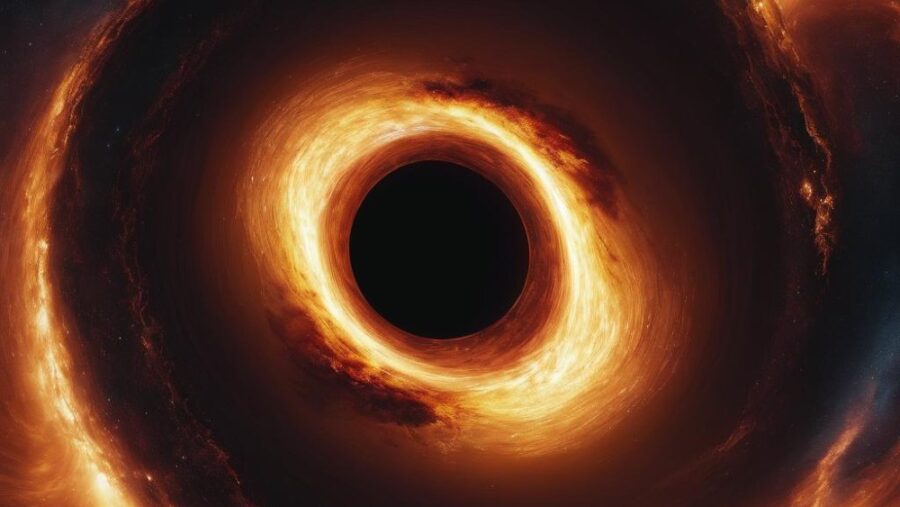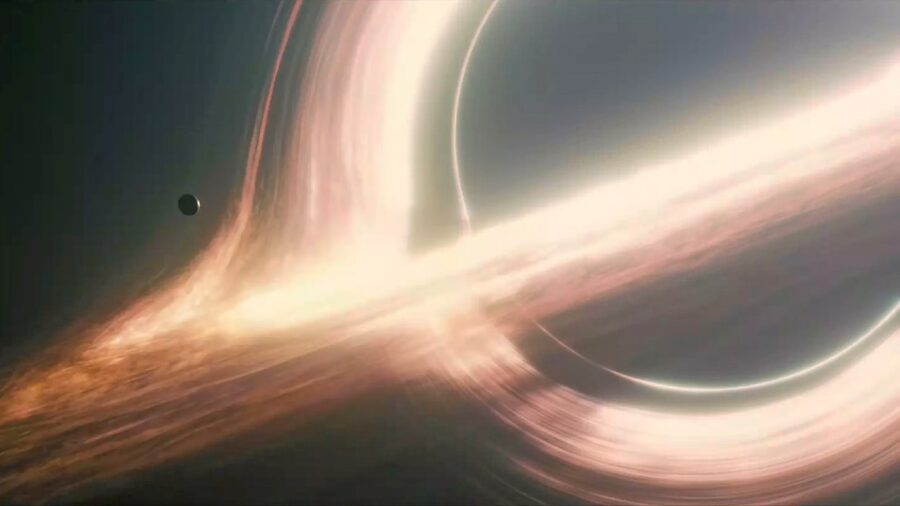Black Holes Have A Specific Snacking Schedule?

It has recently been discovered that black holes, known for ferociously gobbling up whatever gets close enough to them, may abide by a certain feeding schedule. While observing a supermassive black hole, named AT2018fyk, located an astonishing 860 million light-years away from Earth, astronomers began to notice the scheduled nature of these “meals” known as tidal disruption events.
Tidal Disruption Events

When we talk about a black hole “eating,” we really are using it as a metaphor to explain the more complicated process known as a tidal disruption event. This term explains the process of a black hole disrupting an object with its extreme gravitational force, stretching and pulling it apart.
Some of the destroyed matter will fall into the black hole while the rest creates a disk of material that will begin to orbit the hole.
The tidal disruption event is marked by an increase in brightness in X-ray and ultraviolet wavelengths due to the amount of energy released by the disruption of the object.
These wavelengths can be captured and recorded by specialized telescopes, like that of NASA’s Chandra X-ray Observatory, letting us know exactly when a tidal disruption event is occurring.
Rare Views Of The Snacks

A group of scientists recorded the supermassive black hole, AT2018fyk, going through a tidal disruption event in 2018, an already rare event to witness.
However, two years later, the same black hole brightened again, showing researchers that instead of consuming the object, in this case, a star, all at once, it was actually slowly picking it apart. Using the same eating metaphor as before, it seemed to be snacking.
Two Year Cycles

After viewing this phenomenon, the researchers hypothesized that, due to previous findings, the tidal disruption event would finish in another two years. In August of 2023, this hypothesis was proven to be true.
Now researchers believe that, once again, it will start getting hungry in another two years, and, as long as parts of the star still remain, it will begin to satiate its appetite in the summer of 2025.
A Star Pair

This is the first time a tidal disruption event such as this has been discovered. The team of researchers published their findings in 2023. Currently, the authors believe that a pair of stars, rather than just one, approached the hole; one entered the orbit and the other was tossed into space at an extraordinarily high speed.
Co-author Muryel Guolo of Johns Hopkins University made the following comment: “The doomed star was forced to make a drastic change in companions — from another star to a giant black hole,” he began, “Its stellar partner escaped, but it did not.”
More News To Come

We know very little about black holes. We weren’t even able to capture a picture of one until 2022. That’s why research and findings, such as what was discovered about AT2018fyk’s tidal disruption events, are so important.
They will help us finally start to know what has previously been unknown.
To learn more about this phenomenon, we encourage you to read up on the officially published study, which can be found under the name “Live to Die Another Day: The Rebrightening of AT2018fyk as a Repeating Partial Tidal Disruption Event.”
As for now, the researchers will continue to monitor the black hole and study its behavior.












